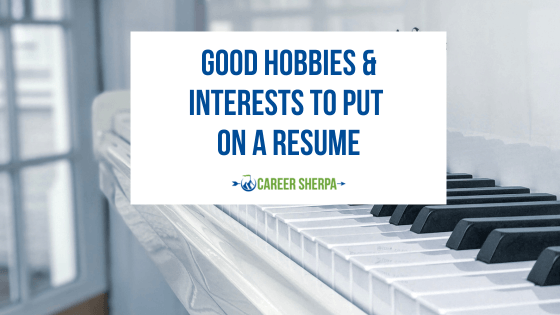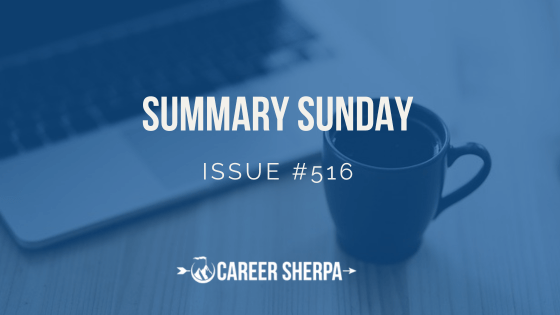Top 5 Ways To Attract Talent To Positions That Do Not Offer Working From Home

As we move beyond the pandemic, many businesses ask employees to return to the office. Despite two years of hybrid and flexible work arrangements, many employers emphasize the value of in-person collaboration and client connectivity for maintaining high-quality products and services.
While employers have made their plea, the challenge is that the talent pool applying for critical positions has shrunk. According to Inbusiness.com, 63% of the workforce now works flexibly, meaning businesses must find creative ways to lure top talent back to the office despite the competition.
This week, a client talked to me about her struggles attracting talent due to her company’s in-office work policy and inability to offer flexibility like other businesses. She anticipated these questions would arise in a candidate interview and wanted a well-thought-out response. How does an employer address the issue of work-life balance when candidates raise the question in an interview? I was empathetic and hoped to deliver some recommendations to her and others struggling.
Here are the five top ways YOUR company can attract talent if working from home is not an option:
5 Strategies Employers Should Use To Attract Talent To Positions That Do Not Offer Working From Home

As someone who has worked remotely for the last half of my career, I understand the appeal. However, after collaborating with numerous clients and my colleagues in person post-pandemic, I missed the personalized connection and appreciated the benefits of in-office work. And let’s remember the value of face-to-face conversations and the opportunity to build strong relationships with colleagues and superiors.
The energy of a shared workspace is challenging to replicate in a virtual environment and can be stimulating. Some candidates feel the same way; you must know how to find them. Here is how you can identify those in your pool who are interested.
Businesses have levers to pull when attracting talent:
1. Personalize your hiring approach.
Internal recruiters and department managers must be aligned on all aspects of the job, including incentives and the positioning of the position in the market. Treating candidates with respect and regular check-ins while waiting for a decision will speak volumes.
Research shows that personalization is vital to keeping candidates engaged in the recruitment process. One effective way to personalize the experience is by exploring the candidate’s motivations. If you cannot personalize your interactions with candidates, hire an external recruiter who spends time understanding the company’s value proposition and the candidate’s motivation.
2. Emphasize the benefit of in-person collaboration when speaking to the candidates.
While remote work has become more prevalent in recent years, you can emphasize the benefits of working together in the same space for improved communication, faster decision-making, and better team bonding. Research has shown that in-person collaboration can lead to higher productivity, increased creativity, and stronger working relationships.
3. Brand your work culture to increase a candidate’s desire to work for you.
Illustrate your company’s critical differentiators on social outlets, websites, and other media to showcase your competitive advantage. A strong company culture can be a significant draw for job seekers, especially those who value community and belonging in the workplace. You can highlight your company’s values, mission, and vision to show candidates what they can expect when they join your team.
Testimonials or employee success stories demonstrating how your company supports and invests in its employees are the perfect way to draw people in. To my surprise, I hired someone recently, and she selected Duffy Group because we are a women-owned business. She had multiple offers to work with other well-known consulting practices for more money. She chose our company because she was respected during the process and loved our culture.
4. Strategize with HR on additional incentives.
Employers can offer more competitive salaries, improved health and wellness benefits, work-life balance programs, and resume-building opportunities. One effective way to personalize the experience is by exploring the candidate’s motivations. As an employer, asking critical questions about what motivates a candidate is essential.
Discuss with your HR team the incentives that make the most sense for the job. Understanding the candidates during your recruitment stage is critical to know what motivates them, and you should encourage the hiring manager to flex when possible.
5. Consider a phased approach.
If you are not ready to offer a fully flexible or hybrid work schedule, consider a phased system. For example, you could start with a limited number of remote work days per month or a relaxed start and end time. This can help ease employees into a new way of working and demonstrate that the company is open to change.
One remote example that comes to mind is a CPA firm in Boston. The perfect candidate was already working remotely but was unsatisfied with the opportunity. If the candidate were to pursue this job, there would be a commute, and his work environment would change. Getting the candidate to say yes meant the employer had intimate discussions with the candidate about what attracted him to the position and decided to offer (some) flexibility by suggesting he work in the office for the first month to get to know the staff and his team since this was a leadership role. More employers are becoming more flexible when employees have established themselves.
Lastly, be proud and confident in the role you’re offering the public. The client I spoke of earlier should understand that every job provides someone an opportunity to serve. Likewise, ensure your recruiting teams understand what motivates each candidate. Some processes can last months. Employers should develop the most personalized recruiting approach possible if they are eager to hire, establish a good rapport with candidates, and get them to say yes, too!
How do you compete?
Sources:
1. “2023 Hiring Trends: What Recruiters Need to Know” by Lizzi Hart, LinkedIn Talent Blog, January 12, 2023: https://business.linkedin.com/talent-solutions/blog/talent-on-tap/2023/2023-hiring-trends-what-recruiters-need-to-know
2. “2023 HR Predictions: The Year Ahead for Hiring, Recruitment, and Talent Management” by Sharon Florentine, CIO, January 3, 2023: https://www.cio.com/article/3652121/2023-hr-predictions-the-year-ahead-for-hiring-recruitment-and-talent-management.html
3. “5 Hiring Trends That Will Impact Your Talent Acquisition Strategy in 2023” by Brandon Metcalf, Forbes, December 19, 2022: https://www.forbes.com/sites/brandonmetcalf/2022/12/19/5-hiring-trends-that-will-impact-your-talent-acquisition-strategy-in-2023/?sh=7718463c1b3d






























